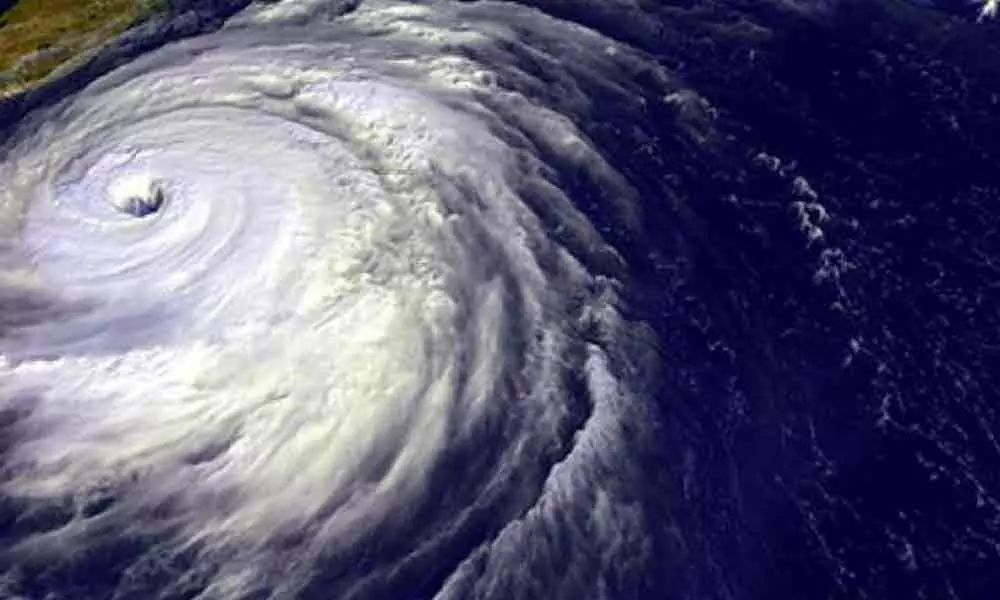Nellore: Swifter cyclones raise need for revision of standard code
 Catastrophic Cyclones
Catastrophic CyclonesMany structures being constructed now tend to be wind sensitive because of their shapes, flexibility, slenderness, size and lightness according to the tastes of the builders. Due to the increasing trend of natural calamities, the demand for economical wind-resistant designs is escalating gradually
Nellore: With catastrophic cyclones hitting the East Coast at high wind speeds growing in frequency, there is a need for revision of the Bureau of Indian Standards (IS) codes so that the buildings on the coastal line can withstand the impact and reduce damage to life and property.
Experts suggest that the present value in the IS code should specify the changes so that the structures that would now be coming up can be geared to withstand the higher wind speeds. Many structures being constructed now tend to be wind sensitive because of their shapes, flexibility, slenderness, size and lightness according to the tastes of the builders. Due to the increasing trend of natural calamities, the demand for economical wind-resistant designs is escalating gradually.
IS codes are meant for the use of civil engineers engaged in construction activities of large projects. They usually refer these codes for buildings, roads, steel structures and all sorts of foundations. IS code 875 has five parts which addresses imposed, dead, wind, snow and special loads except earthquake for buildings and structures. This code was first introduced in 1987 and was reaffirmed in 2007.
The wind speed suggested here was based on previous disasters due to cyclones between 1890 and 1960. But the recent severe tropical cyclones have thrown up a new challenge.
Existing code suggests the wind speed of 50 m/s basing on the previous natural disasters where the structure practically sustains up to a maximum speed of 180 kmph. But, the experts in civil engineering are now suggesting 70 m/s for sustaining up to the wind speed of 220-240 kmph. Hudhud was the first cyclone that crossed Visakhapatnam coast after 1985. On the same day, as a Very Severe Cyclone System Phailin did in 2013.
IMD announced the wind velocity of Hudhud was around 185 kmph. Interestingly, the Doppler Weather Radar (DWR) at Kailasagiri Hill recorded 67 metres per second or 130 knots/ 241kmph at a height of about 200 metres over the Vizag city.
When converted or reduced to the surface level, it was estimated to be around 90 knots, according to IMD, which created speculation that the wind speed was around 250 kmph. According to the High Wind Speed Recorder, Visakhapatnam, the one-second-peak gust wind speed was 140.6 knots/ 260 kmph at 10.42 am on Oct 12.
The recent Cyclone Amphan has been the strongest tropical cyclone over the Bay of Bengal since the 1999 Odisha cyclone. With 3-minute maximum sustained wind speed (MSW) of 230 km/h (145 mph), Cyclone Amphan, on Monday, May 18, became the strongest cyclone over the Bay of Bengal in the 21st century. But, luckily, it reduced its speed while reaching the coast on May 20 to 155-165 kmph." All these recent occurrences are suggesting need for revising the IS 875 Part 3 for safety of structures along the East Coast, " said Prof CNV Satyanarayana Reddy, Head, Department of Civil Engineering, Andhra University.
















